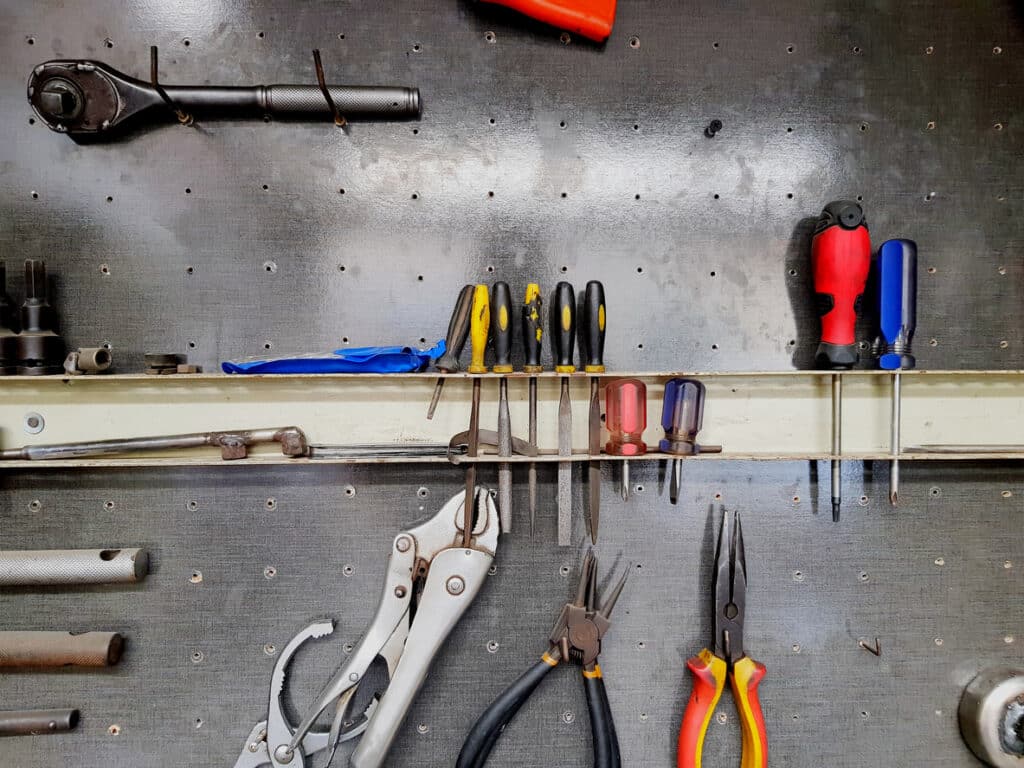
- Massive Range
- FREE UK Delivery
- Rapid Dispatch
- Massive Range
- FREE UK Delivery
- Rapid Dispatch
- Massive Range
- FREE UK Delivery
- Rapid Dispatch
Home » How to Prevent Galvanic Corrosion in Mixed Metal Projects
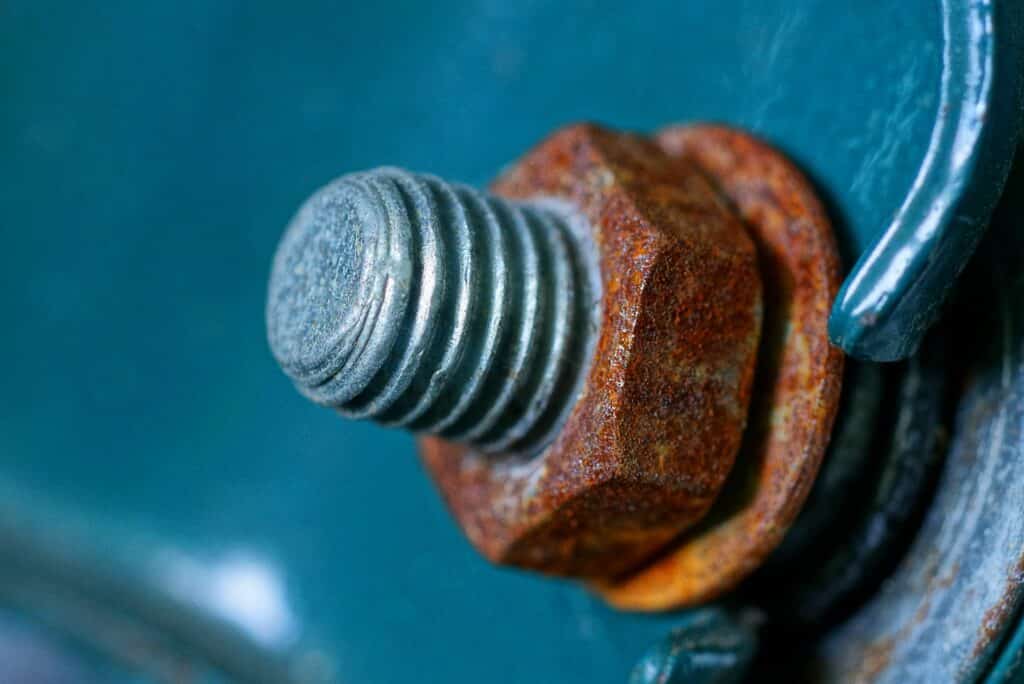
Galvanic corrosion is a common issue in projects involving mixed metals. As a result of electrical contact between two metals with dissimilar properties, it causes accelerated corrosion of one metal. Galvanic corrosion is a critical factor for maintaining the integrity and longevity of metal structures, whether they’re used in the marine industry, construction, or even household settings. We will explore various methods to prevent galvanic corrosion on this blog so that your projects last a lifetime.
Before diving into the prevention methods, it’s important to understand what galvanic corrosion is and how it occurs. Galvanic corrosion is an electrochemical process where one metal (the anode) corrodes preferentially when in electrical contact with a different type of metal (the cathode) and an electrolyte. This can be detrimental to the structural integrity of the metal components involved.
The rate and severity of galvanic corrosion depend on several factors, including:
Now, let’s look at practical steps to prevent galvanic corrosion.
One of the most effective ways to prevent galvanic corrosion is through careful material selection. When possible, use metals that are close to each other on the galvanic series. The galvanic series is a list of metals and alloys arranged according to their electrochemical potential in a given environment. Metals that are closer together on this series have a lower potential difference and are less likely to experience significant galvanic corrosion.
For instance, using stainless steel with aluminum can be problematic because they are far apart on the galvanic series. However, using stainless steel with other stainless steel alloys or with nickel-based alloys, which are closer on the series, can reduce the risk of galvanic corrosion.
Isolating the metals electrically can prevent galvanic corrosion. This can be achieved by using non-conductive materials such as rubber, plastic, or ceramic as insulators between the different metals. Insulators can be used in the form of washers, gaskets, or sleeves to ensure that the metals do not come into direct electrical contact.
For example, when connecting copper and aluminum in an electrical system, using an insulating barrier like a plastic washer can prevent direct metal-to-metal contact, thereby mitigating galvanic corrosion.
Applying protective coatings to the metals can also prevent galvanic corrosion. Coatings act as barriers, preventing the electrolyte from reaching the metal surface and thus inhibiting the electrochemical reaction. There are several types of coatings that can be used:
Paints and epoxy coatings are common and effective methods to protect metals. These coatings provide a physical barrier that prevents moisture and electrolytes from coming into contact with the metal surfaces. Ensure that the coatings are properly applied and maintained to avoid any breaches that could allow corrosion to start.
Metallic platings, such as zinc plating (galvanizing) or chrome plating, can be used to protect the underlying metal. Zinc, for example, is often used to coat steel because it corrodes preferentially and protects the steel even if the coating is scratched.
Anodizing is a process used primarily on aluminum to thicken its natural oxide layer, enhancing its resistance to corrosion. This method is especially useful in marine environments where aluminum is exposed to salty water.
Cathodic protection is a technique used to control the corrosion of a metal surface by making it the cathode of an electrochemical cell. There are two main types of cathodic protection:
This method involves attaching a more anodic (active) metal to the structure that needs protection. The sacrificial anode corrodes instead of the protected metal. Common sacrificial anodes include zinc, magnesium, and aluminum. This method is widely used in pipelines, ships, and offshore structures.
In impressed current cathodic protection (ICCP), an external power source provides a current to the metal structure, making it a cathode. This method is often used for large structures such as storage tanks, pipelines, and reinforced concrete.
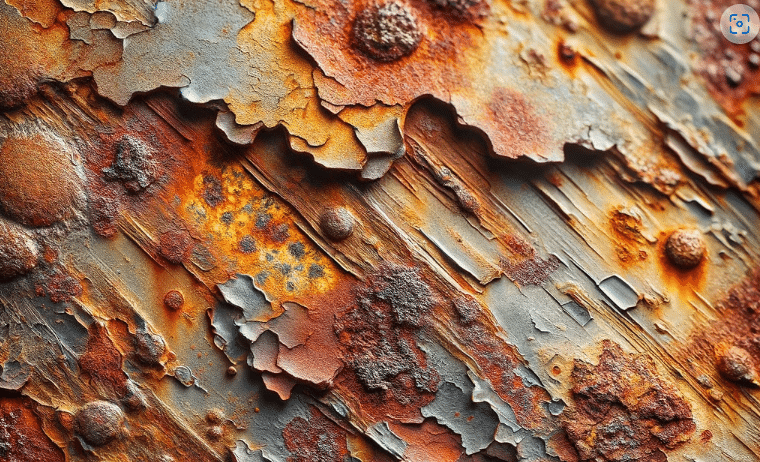
Controlling the environment around the metals can significantly reduce the risk of galvanic corrosion. Here are some ways to do this:
Reducing moisture around metal components can help prevent the formation of an electrolyte. This can be achieved through proper drainage, ventilation, and the use of dehumidifiers in enclosed spaces.
Corrosion inhibitors are chemicals that can be added to the environment to reduce the rate of corrosion. They work by forming a protective film on the metal surface or by neutralizing the corrosive agents in the environment. Inhibitors are commonly used in cooling systems, water treatment plants, and oil pipelines.
In marine environments, salt is a significant contributor to galvanic corrosion. Reducing salt exposure through regular cleaning and maintenance can help protect metal structures. Using freshwater rinses on metal surfaces exposed to saltwater can remove salt deposits and reduce corrosion risk.
Designing and assembling metal structures with galvanic corrosion in mind can prevent problems down the line. Here are some design considerations:
Ensure that the anodic metal (the metal that corrodes) has a larger surface area than the cathodic metal. This reduces the rate of corrosion. If the anode is small compared to the cathode, it will corrode much faster.
Crevices can trap moisture and electrolytes, creating localized environments that accelerate corrosion. Design structures to avoid crevices and ensure proper sealing and drainage in areas where crevices are unavoidable.
Regular inspection and maintenance of metal structures can help identify early signs of galvanic corrosion and allow for timely intervention. This includes checking for coating breaches, cleaning surfaces, and replacing sacrificial anodes as needed.
In the marine industry, ships and offshore structures are particularly susceptible to galvanic corrosion due to their constant exposure to seawater, a strong electrolyte. A common practice to prevent galvanic corrosion is the use of sacrificial anodes. Ships often have zinc or aluminum anodes attached to their hulls. These anodes are inspected and replaced regularly as they corrode, protecting the steel hull.
In HVAC (Heating, Ventilation, and Air Conditioning) systems, copper and aluminum are often used together, such as in heat exchangers. To prevent galvanic corrosion, manufacturers apply protective coatings to aluminum components and use dielectric unions or gaskets to electrically isolate copper and aluminum parts.
In construction, particularly in coastal areas, steel and aluminum are commonly used together. Architects and engineers prevent galvanic corrosion by selecting compatible materials, applying protective coatings, and ensuring proper drainage to avoid water accumulation. They also use stainless steel fasteners and connectors to reduce the potential for galvanic corrosion.
Here is a table outlining the pros and cons of galvanic corrosion:
| Aspect | Pros | Cons |
|---|---|---|
| Understanding Galvanic Corrosion | – Raises awareness about the electrochemical interactions between metals. | – Requires a deep understanding of material science and electrochemistry to fully comprehend. |
| Detection and Monitoring | – Techniques like potential measurements and corrosion rate calculations can help in early detection. | – Requires regular and thorough monitoring which can be time-consuming and costly. |
| Material Selection | – Promotes the use of compatible materials that can enhance overall project durability. | – Limits the choice of materials, potentially increasing project costs. |
| Protective Coatings | – Provides an effective barrier against corrosion, extending the life of the metal. | – Requires maintenance and can fail if not properly applied. |
| Cathodic Protection | – Highly effective for large structures such as pipelines and ships. | – Can be expensive to install and maintain, particularly with impressed current systems. |
| Environmental Control | – Controlling environment can significantly reduce corrosion rates. | – Not always feasible in all environments, such as in marine settings. |
| Design Considerations | – Good design can minimize corrosion risks and improve structure longevity. | – Design modifications can increase complexity and cost. |
| Maintenance | – Regular maintenance can detect and mitigate early signs of corrosion. | – Maintenance is ongoing and requires resources and planning. |
| Educational Benefit | – Encourages learning about material properties and corrosion mechanisms. | – Complexity of the topic can be a barrier for non-specialists. |
| Galvanic Corrosion Effects | – In controlled applications, can be used beneficially (e.g., sacrificial anodes). | – Uncontrolled galvanic corrosion can lead to significant structural failures and safety hazards. |
Preventing galvanic corrosion in mixed metal projects is essential for ensuring the longevity and integrity of metal structures. You can prevent galvanic corrosion from your projects by understanding the principles of galvanic corrosion and implementing effective prevention methods, including careful material selection, electrical insulation, protective coatings, cathodic protection, and environmental control.
The regular maintenance and inspection should also be carried out to catch any corrosion signs early and address them. The following strategies will ensure you can confidently tackle mixed metal projects while minimizing galvanic corrosion risks.
When you prioritize corrosion prevention, not only will your structures last longer, but you will also save time and money on future repairs and replacements. Taking proactive measures to prevent galvanic corrosion is a smart and necessary investment, regardless of whether you’re working in marine environments, construction, or another field that involves mixed metals.
As always, thank you for checking out our blog. We hope that this helps you with your project.
Please also check out the other articles in our helpful guide series. We have written about Marine-Grade Metals and The Benefits of Galvanised Steel recently to name but two of our articles.
We are also proud to sell this product on our highly popular eBay store, check us out there too.
If you have any further questions, feel free to contact us.

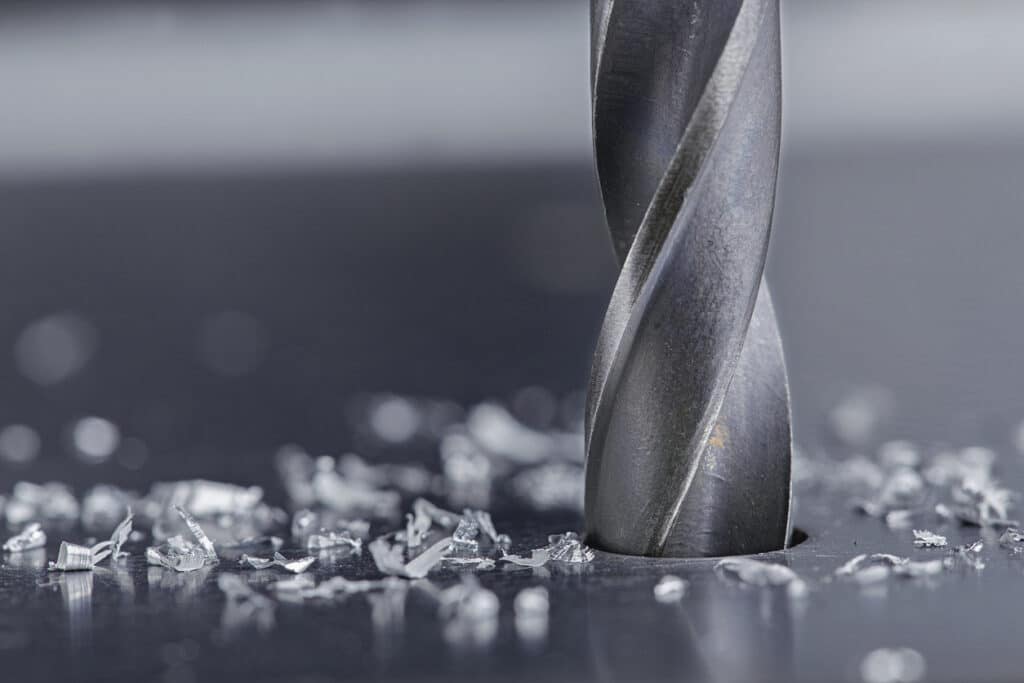
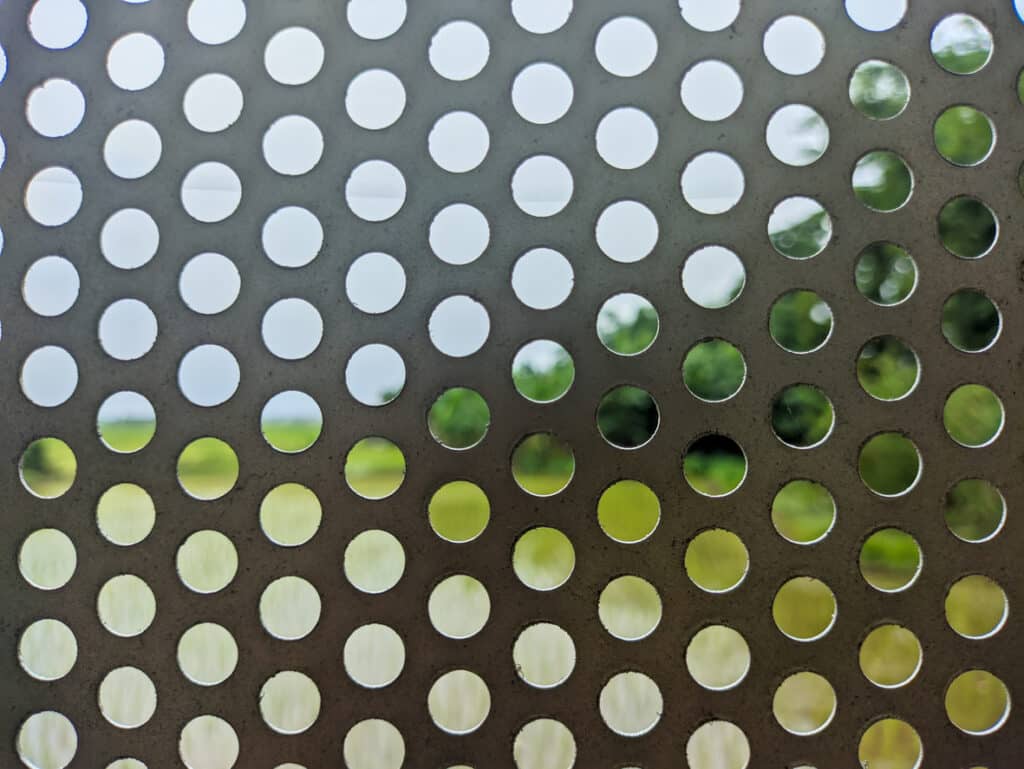
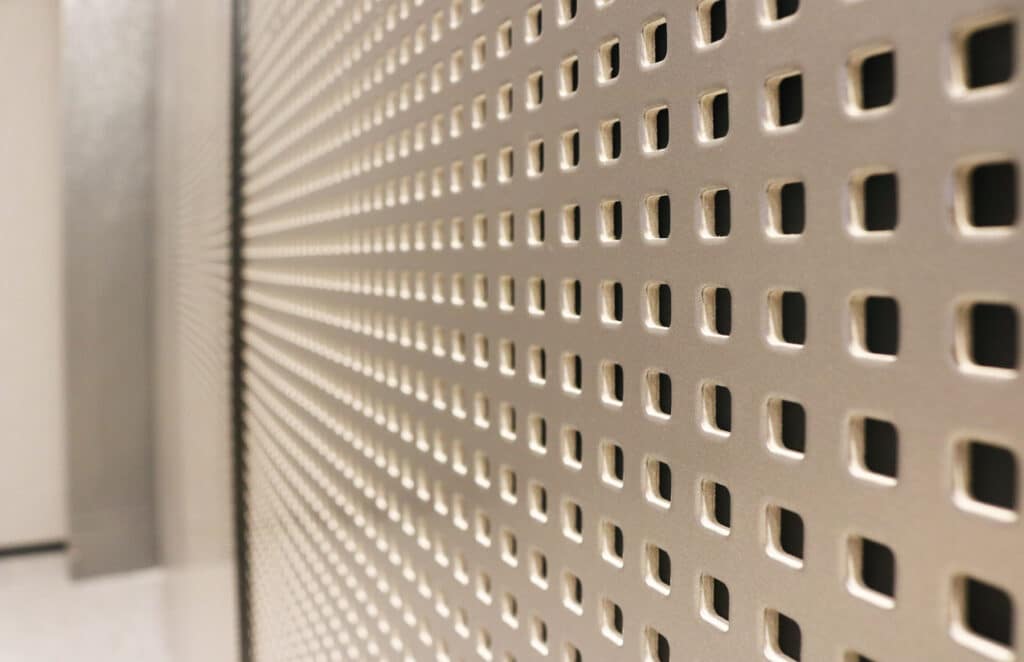
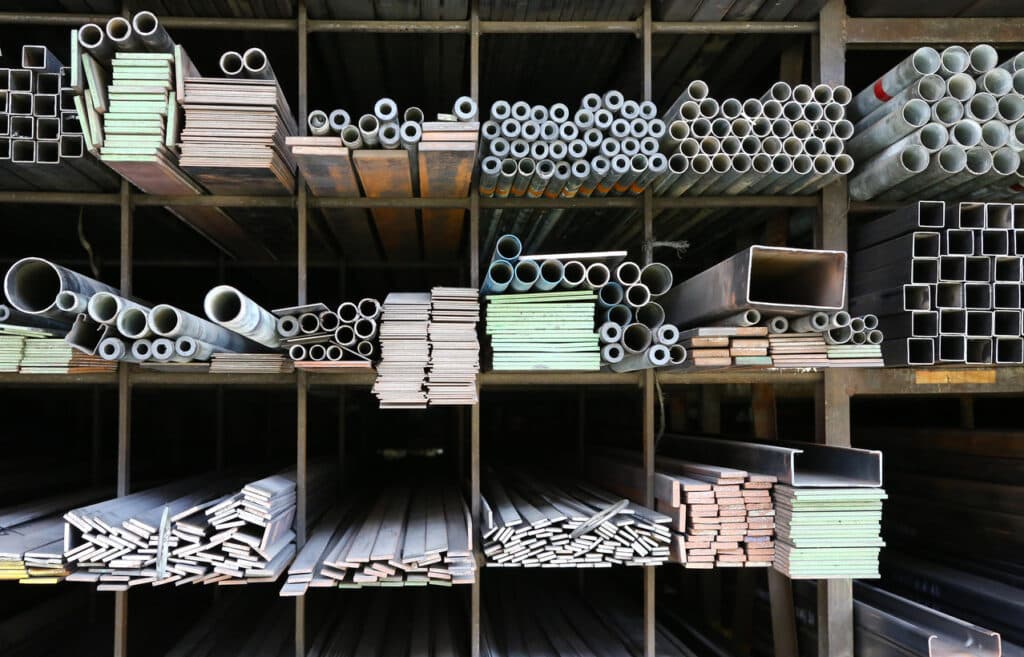
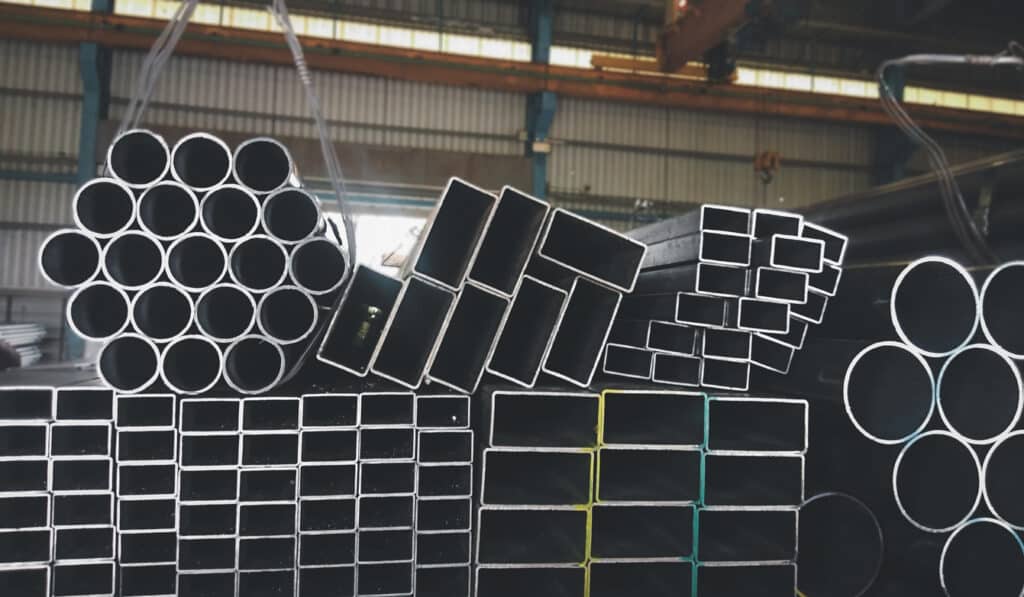
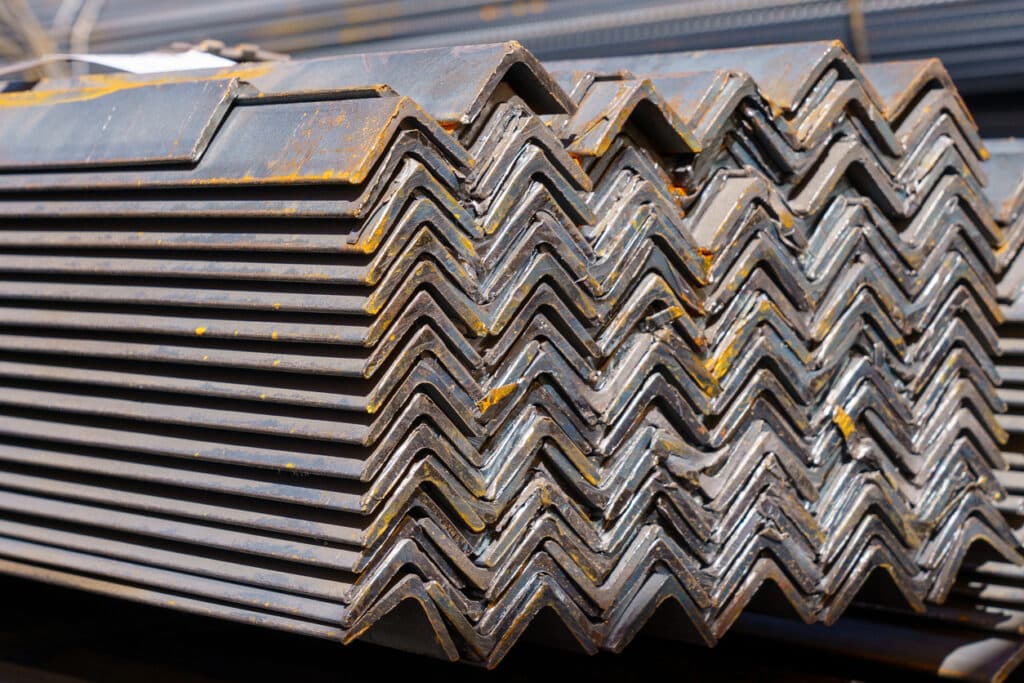

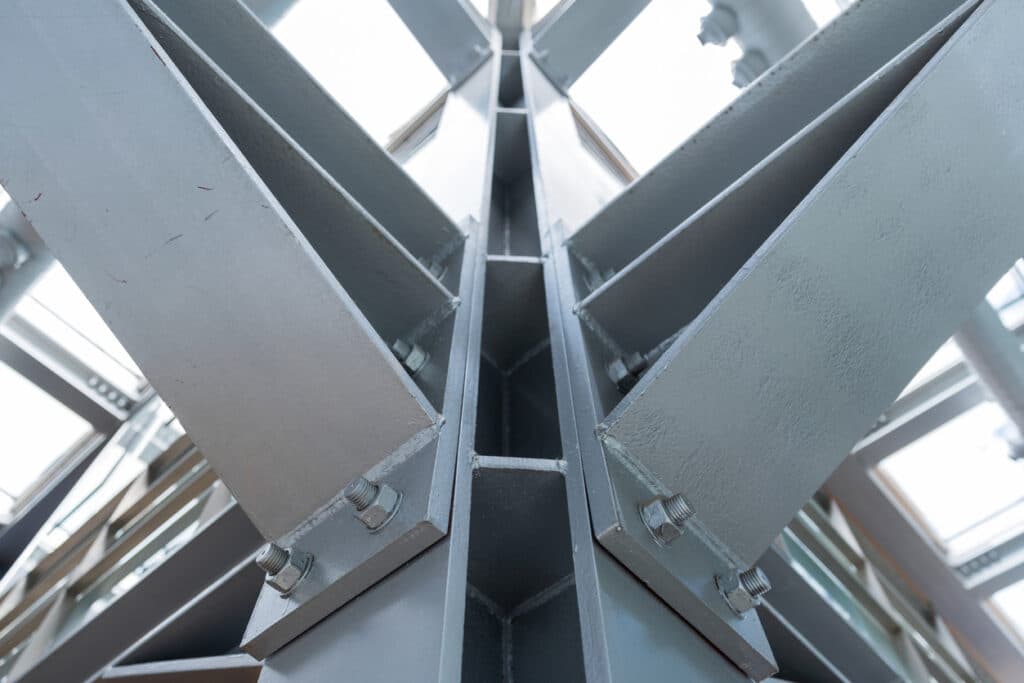
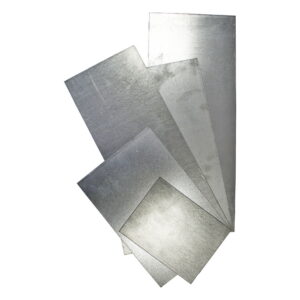




Speciality Metals
Unit 1, Farrell Street, Warrington,
Cheshire, WA1 2WW, United Kingdom
Quick Links
Payment Options
